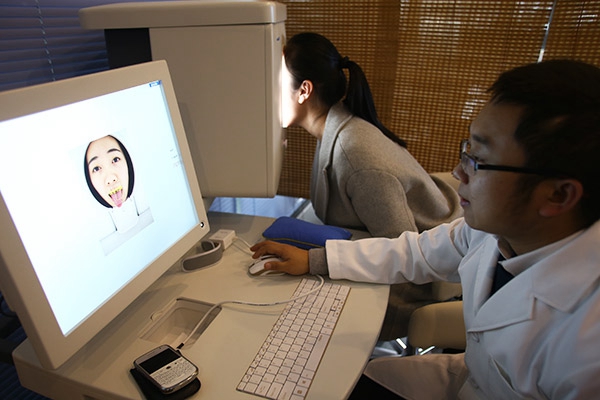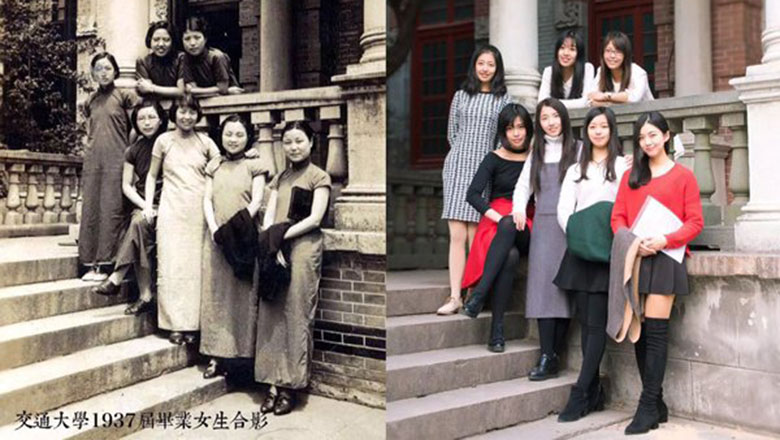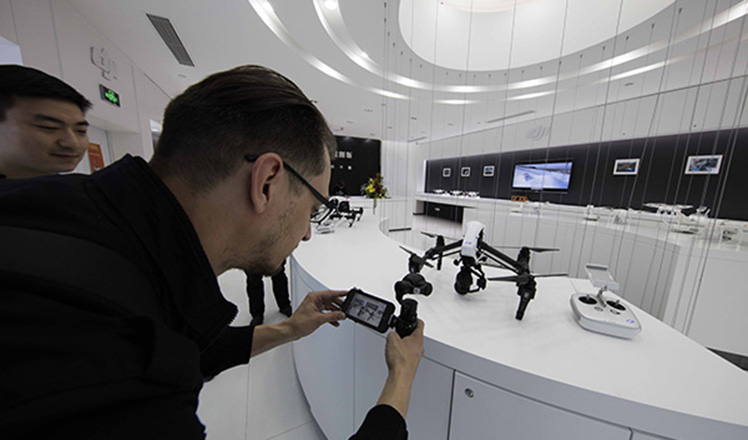Smart healthcare changes Chinese lives, but challenges remain
Updated: 2016-03-07 15:55
By Wu Yan(chinadaily.com.cn)
|
||||||||
 |
|
A doctor looks at a patient's face and tongue to make a diagnosis on screen at Wuzhen Internet Hospital's offline hospital. [Photo by Zou Hong/China Daily] |
Internet hospitals cannot completely replace traditional bricks-and-mortar hospitals, said Zhang Gui-min, a marketing director for the We Doctor Group, adding that in most cases, a doctor has to see a patient in person to provide better diagnosis and treatment.
"Online hospitals are primarily aimed at patients with common, chronic illnesses, such as hypertension and diabetes, or those who are familiar with their ailments and have to go to see a doctor for the same problem repeatedly," he said.
Apart from the limitation of patient types, policies that aim to ensure safety also hamper the development of non-hospital based medical platforms.
A document issued in August 2014 by the National Health and Family Planning Commission requires telemedicine services to be performed by medical institutions and prohibits non-medical institutions from performing such services.
The policy forces Internet and mobile medical service providers to either cooperate with traditional bricks-and-mortar hospitals or invest heavily to build their own.
Experts point out that China's large-scale public hospitals have strengths in medical equipment and doctors but can hardly meet surging demands. Consequently they are not active in cooperating with smart healthcare service providers to expand the market.
The current medical system also seems friendlier to offline hospitals.
Patients who hold national medical insurance usually tend to visit public hospitals and contracted non-public hospitals to see a doctor, as they will only get a refund from medical payment after treatment from these designated hospitals.
On the contrary, none of the smart healthcare service providers get access to already financially strained national medical insurance, which kill some patients' motivation to use them.
- Putin says Russians to start withdrawing from Syria, as peace talks resume
- Merkel says Sunday's state elections 'make her party think'
- Canberra's Balloon Spectacular festival kicks off
- Germanwings crash caused deliberately by mentally ill copilot: BEA
- Second car bomb in a month kills 34 in Turkish capital, Ankara
- German voters batter Merkel over migrant policy

 Infographics: All you need to know about Premier'ss press conference
Infographics: All you need to know about Premier'ss press conference
 Now and then photos of Shanghai Jiaotong University
Now and then photos of Shanghai Jiaotong University
 Post-90s quits his job to make traditional paper umbrellas
Post-90s quits his job to make traditional paper umbrellas
 In pictures: Destroying fake and shoddy products
In pictures: Destroying fake and shoddy products
 Armless farmer builds new hands for himself, others
Armless farmer builds new hands for himself, others
 The world in photos: March 7 - March 13
The world in photos: March 7 - March 13
 China's booming IT industry helps drones fly high
China's booming IT industry helps drones fly high
 This 'mermaid' left broadcasting for a watery world
This 'mermaid' left broadcasting for a watery world
Most Viewed
Editor's Picks

|

|

|

|

|

|
Today's Top News
What ends Jeb Bush's White House hopes
Investigation for Nicolas's campaign
Will US-ASEAN meeting be good for region?
Accentuate the positive in Sino-US relations
Dangerous games on peninsula will have no winner
National Art Museum showing 400 puppets in new exhibition
Finest Chinese porcelains expected to fetch over $28 million
Monkey portraits by Chinese ink painting masters
US Weekly

|

|







